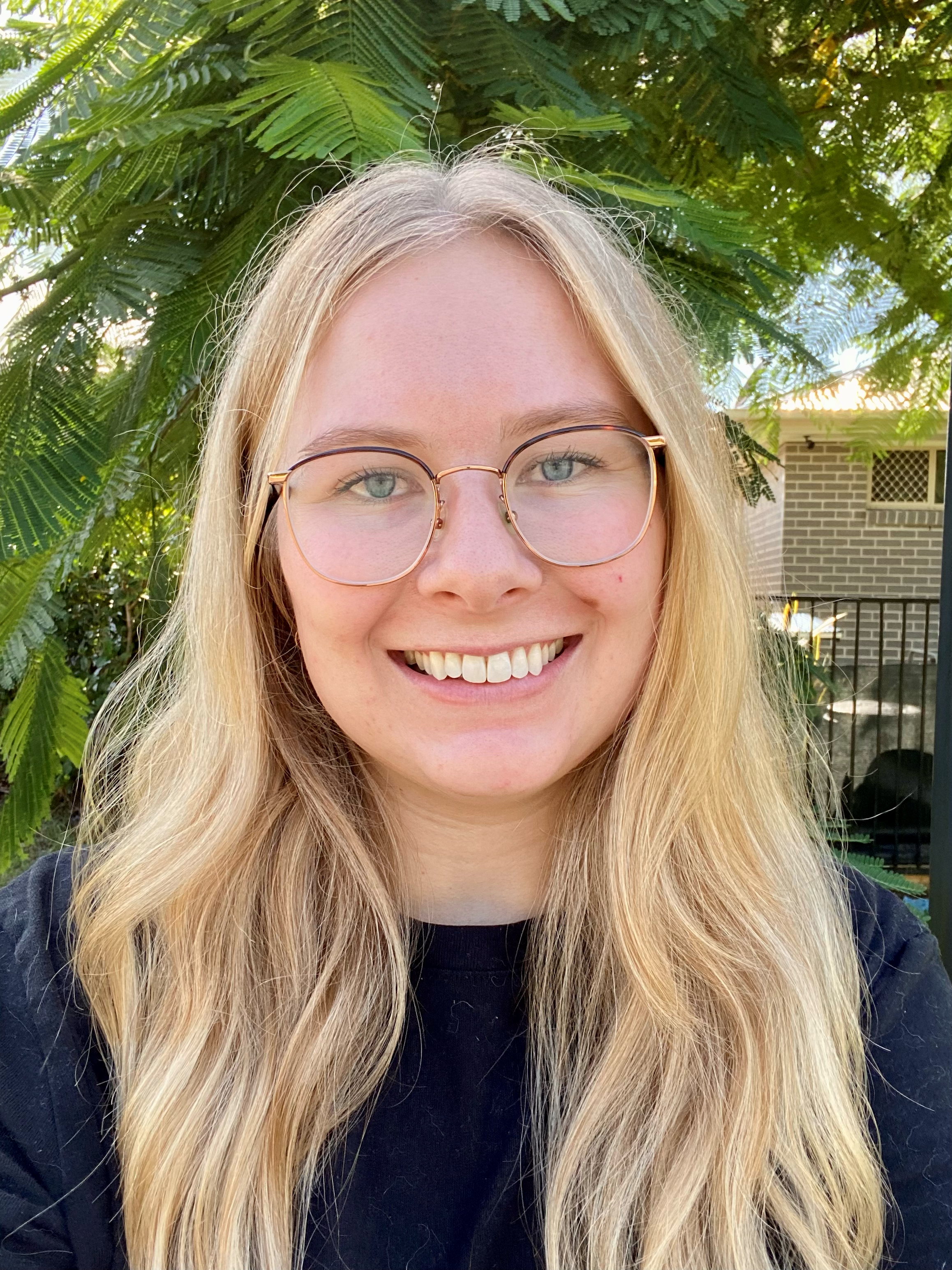Saturday 20th, April, 2024: Australian Child Maltreatment Study, Professor Daryl Higgins, Director of ACU’s Institute of Child Protection Studies. Ms Gabrielle Hunt, ICPS doctoral student
LISTEN TO PODCAST NOW
Podcast: Play in new window | Download (Duration: 14:17 — 16.3MB)
Subscribe or Follow Us: Apple Podcasts | Spotify | Amazon Music | Android | iHeartRadio | Blubrry | TuneIn | Deezer | RSS

Macca and Paul talk to rofessor Daryl Higgins, Director of ACU’s Institute of Child Protection Studies. Ms Gabrielle Hunt, ICPS doctoral student, about Australian Child Maltreatment Study findings, identifies the prevalence of sexual harassment in childhood (under 18) for the first time. The figures are higher for those in the LGBTQIA+ community.
One in 10 Australians has been sexually harassed by a peer during their childhood, new Australian Catholic University-led research shows.
The first nationally representative figures on the prevalence of sexual harassment across childhood reveals females and those who are gender or sexuality diverse are most at risk.
The findings, based on data from the landmark Australian Child Maltreatment Study (ACMS) of 8,503 Australians aged 16 years and older who were asked to reflect on their childhood experiences of maltreatment, show males were the most common perpetrators of peer sexual harassment.
Lead author and ACU Institute of Child Protection Studies (ICPS) doctoral student Gabrielle Hunt said the new research revealed peer sexual harassment – defined as saying, writing, or doing something sexual to a peer that is offensive or intimidating – was prevalent among young Australians.
“For the first time, we have figures that show a significant proportion of young Australians – one in 10 – have been sexually harassed by their peers during childhood,” Ms Hunt said.
“We need to prioritise primary prevention messages and public health campaigns to protect children and young people by addressing the cultural norms that contribute to sexual harassment and violence against women, girls, and those with diverse genders and/or sexualities.”
The study, published in the Journal of Interpersonal Violence and co-authored by researchers including ICPS Director Professor Daryl Higgins and Associate Professor Megan Willis, of ACU’s Faculty of Health Sciences, found:
10.4 per cent of Australians aged 16 and older experienced peer sexual harassment in childhood, with the figure rising to 15.3 per cent for women, and 24 per cent for those with diverse genders.
Incidence of peer sexual harassment during childhood was highest among those aged 16-24, with 21.2 per cent of women and 35.9 per cent of those with diverse genders experiencing it.
In most cases, the sexual harassment was inflicted by known peers (7.9 per cent), followed by siblings (1.4 per cent), unknown peers (1.3 per cent), and romantic partners (0.9 per cent).
Sexual harassment was more likely to be instigated by a male peer (9.6 per cent) than by a female peer (1.8 per cent). Most incidents involved a known male peer (8.9 per cent of the 9.6 per cent total).
Women who identified as gay or lesbian, or as bisexual reported higher rates of peer sexual harassment than heterosexual women (23.8 per cent, 29.4 per cent, and 14.2 per cent respectively).
People with diverse genders were more likely to experience peer sexual harassment by unknown peers (12.2) compared with women (1.9 per cent) and men (0.5 per cent).
Heterosexual males had the lowest rates of experiencing peer sexual harassment (4.4 per cent), but men with diverse sexualities were more likely to have experienced peer sexual harassment, including those who identified as bisexual (17.5 per cent), other sexualities (14.2 per cent), or gay (8.9 per cent).
Podcast: Play in new window | Download (Duration: 14:17 — 16.3MB)
Subscribe or Follow Us: Apple Podcasts | Spotify | Amazon Music | Android | iHeartRadio | Blubrry | TuneIn | Deezer | RSS
RECENT PODCAST
Saturday, 20th July, 2024; New Joy President Announcement
Macca, Paul and Nevena discuss the new announcement that Paul Horwell is taking over from Macca as Joy Media's President.
LISTEN TO PODCAST NOW
Podcast: Play in new window | Download (Duration: 11:20 — 10.4MB)
Subscribe or Follow Us: Apple Podcasts | Spotify | Amazon Music | Android | iHeartRadio | Blubrry | TuneIn | Deezer | RSS
Saturday, 20th July, 2024; Frank Gafa, Rainbow Motorsport Ralf Schumacher’s Coming Out!
Macca and Nevena talk to rFank Gafa, Rainbow Motorsport Ralf Schumacher's Coming Out!
LISTEN TO PODCAST NOW
Podcast: Play in new window | Download (Duration: 8:20 — 7.6MB)
Subscribe or Follow Us: Apple Podcasts | Spotify | Amazon Music | Android | iHeartRadio | Blubrry | TuneIn | Deezer | RSS
Saturday, 20th July, 2024; Peter Hannan, Economics Editor, The Guardian Big Banks Funding Fossil Fuel Expansion
Macca and Nevena talk to Peter Hannan, Economics Editor, The Guardian Big Banks Funding Fossil Fuel Expansion Australia’s big banks lent ...
LISTEN TO PODCAST NOW
Podcast: Play in new window | Download (Duration: 8:56 — 8.2MB)
Subscribe or Follow Us: Apple Podcasts | Spotify | Amazon Music | Android | iHeartRadio | Blubrry | TuneIn | Deezer | RSS





